This post was updated July 6 at 8:01 p.m.
Marianna Bezhanyan created art symbolizing Russian identity. The Russian government then labeled her as an “extremist.”
Bezhanyan, a rising fourth-year design media arts student, said she decided to search her name around May on a public database after her friend Nikita Shekhovtsov found himself on a similar list. Bezhanyan said she found herself under separate “extremist” and “oppositionist” lists on Himera Search, which generates reports on Russian civilians’ private information.
The lists were created by police in Russia, Shekhovtsov said. Shekhovtsov, who is also Bezhanyan’s artistic collaborator, added that he believes one must leave Russia after appearing on the list due to the risk of imprisonment.
“I found everything – my flights, my passport, any information, all my apartments, all my cars – everything what I had in Russia I just found in one click for $2,” he said.
Bezhanyan said she left Russia in September 2021 because of the government’s oppression of speech and her fears of prosecution. She added that she had been involved in political activism in Russia and remains involved now that she is in the United States.
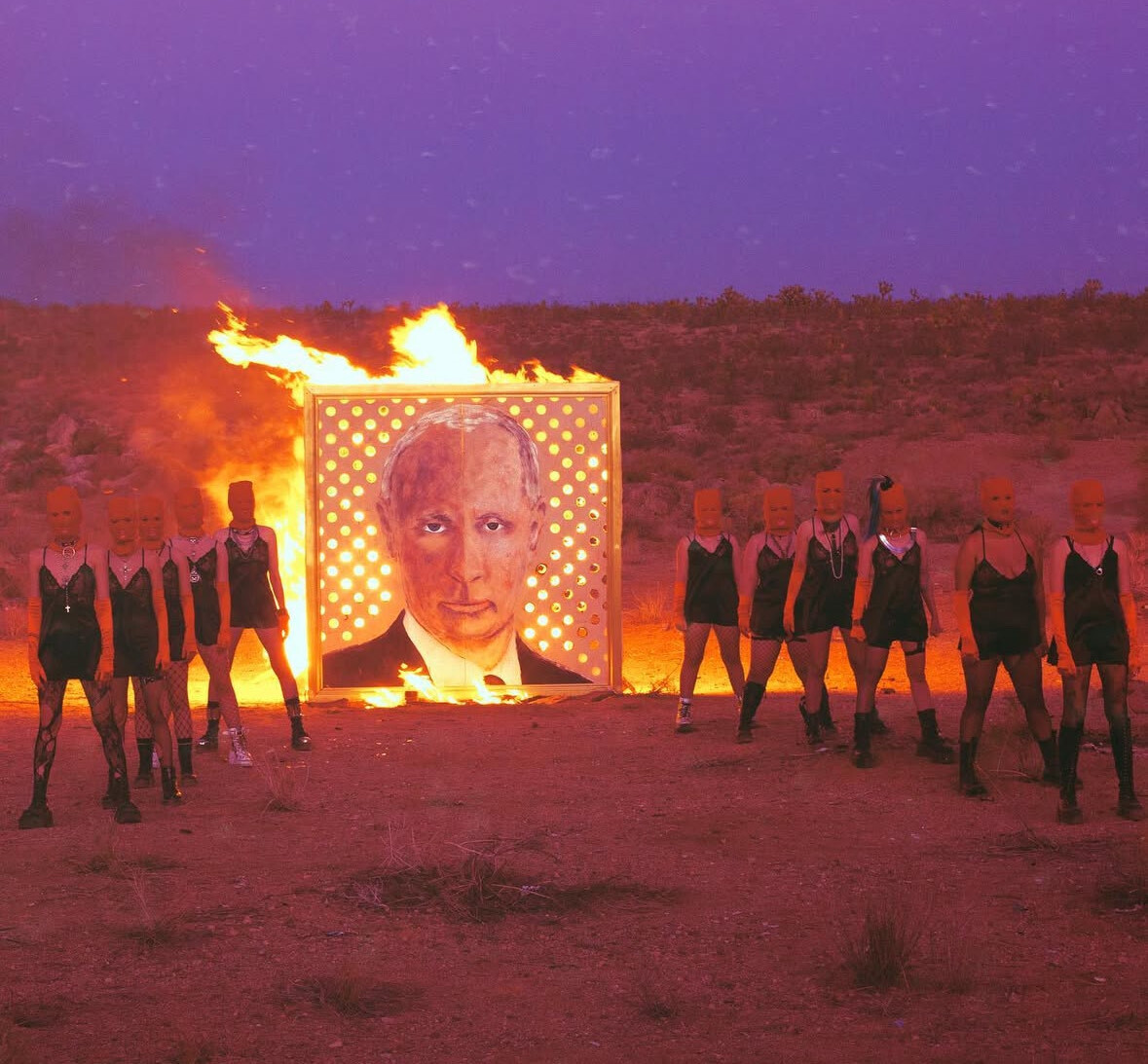
“Now that I know that I’m on those lists – and my family is on their list – I know for sure that I cannot go back there anytime soon, any time the current government is still there and still prosecuting people for expressing their opinion,” she said.
Bezhanyan said she believes her name is on the opposition list because she left Russia and has not returned. However, she added that she believes she was labeled an extremist because of her collaborations with anti-corruption organizations and Pussy Riot – a feminist punk resistance group that opposes Russian President Vladimir Putin.
As a production assistant and storyboard artist on Pussy Riot’s music video titled “Putin’s Ashes,” Bezhanyan said she and other members burned a mural of Putin on-screen.
The ashes of the painting were later displayed at the Jeffrey Deitch Gallery and the Museum of Contemporary Art in Los Angeles, she said.
Bezhanyan said she also contributed to the group’s “Punk’s Not Dead” exhibition to create media-facing political statements that were easy for viewers to digest. The exhibition symbolized the confinement experience of Nadya Tolokonnikova – a member of Pussy Riot – through self-portraits and sculptures.
Tolokonnikova was sentenced to two years in prison in Russia for her “Punk Prayer” performance inside the Cathedral of Christ the Saviour in Moscow. In 2013, an amnesty law allowed her to be released two months early. Tolokonnikova believes the Russian government released her as a publicity stunt, according to CNN.
The “Punk’s Not Dead” exhibition also featured talks about the modern context of punk, she added.
“They were basically saying that at some point punk became mainstream, and whatever Pussy Riot was doing … it wasn’t that extreme anymore,” Bezhanyan said. “Punks are the ones who are right-wing politicians … that’s a real unacceptable thing in the media, and that we need to reclaim punk back.”
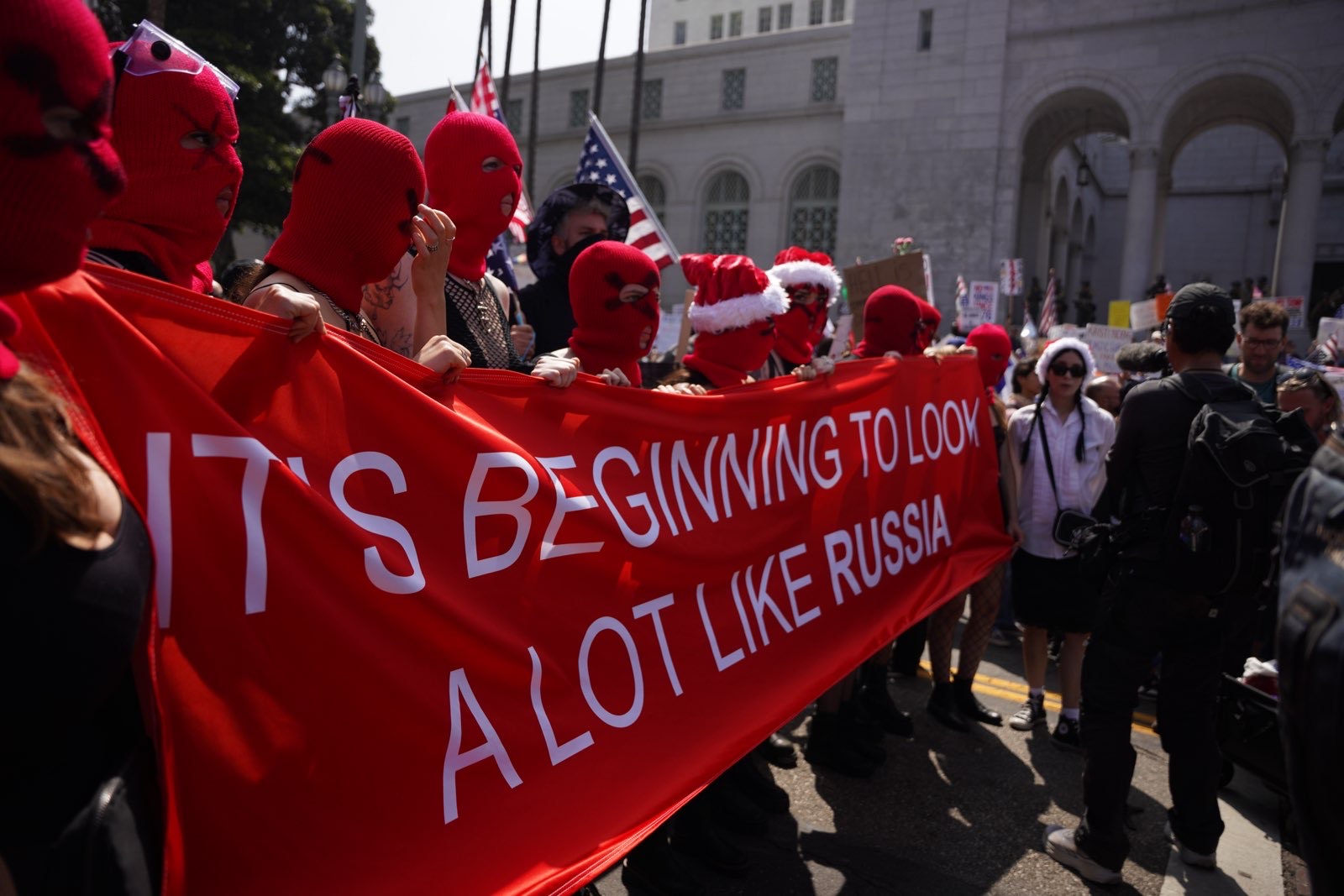
Sofiya Bezhanyan, Marianna’s mother, also appeared on the list. She said she was not surprised to find herself and her daughter labeled as extremists and oppositionists because of their involvements in activism and protests in Russia.
Sofiya is an administrator at the Navalny LA community – a local activist group that organized demonstrations against the Russia-Ukraine war and Alexei Navalny’s death, she said in an interview conducted in Russian.
According to the Center for Preventive Action, Russia invaded Ukraine on Feb. 24, 2022, and occupies roughly 20% of the country. Alexei Navalny was Russia’s “top opposition leader” and was one of Moscow’s mayoral candidates in 2013, according to the Associated Press.
In 2020, Navalny was poisoned with a nerve agent and survived. He died Feb. 16, 2024 in an Arctic prison with natural causes being cited for the cause of his death, according to Politico.
Sofiya added that political expression is cut at the root in Russia – and Marianna’s art work resists against that and reaches people who do not know about it.
“I’m going to their exhibitions,” Sofiya said. “I wholeheartedly support her and her art.”
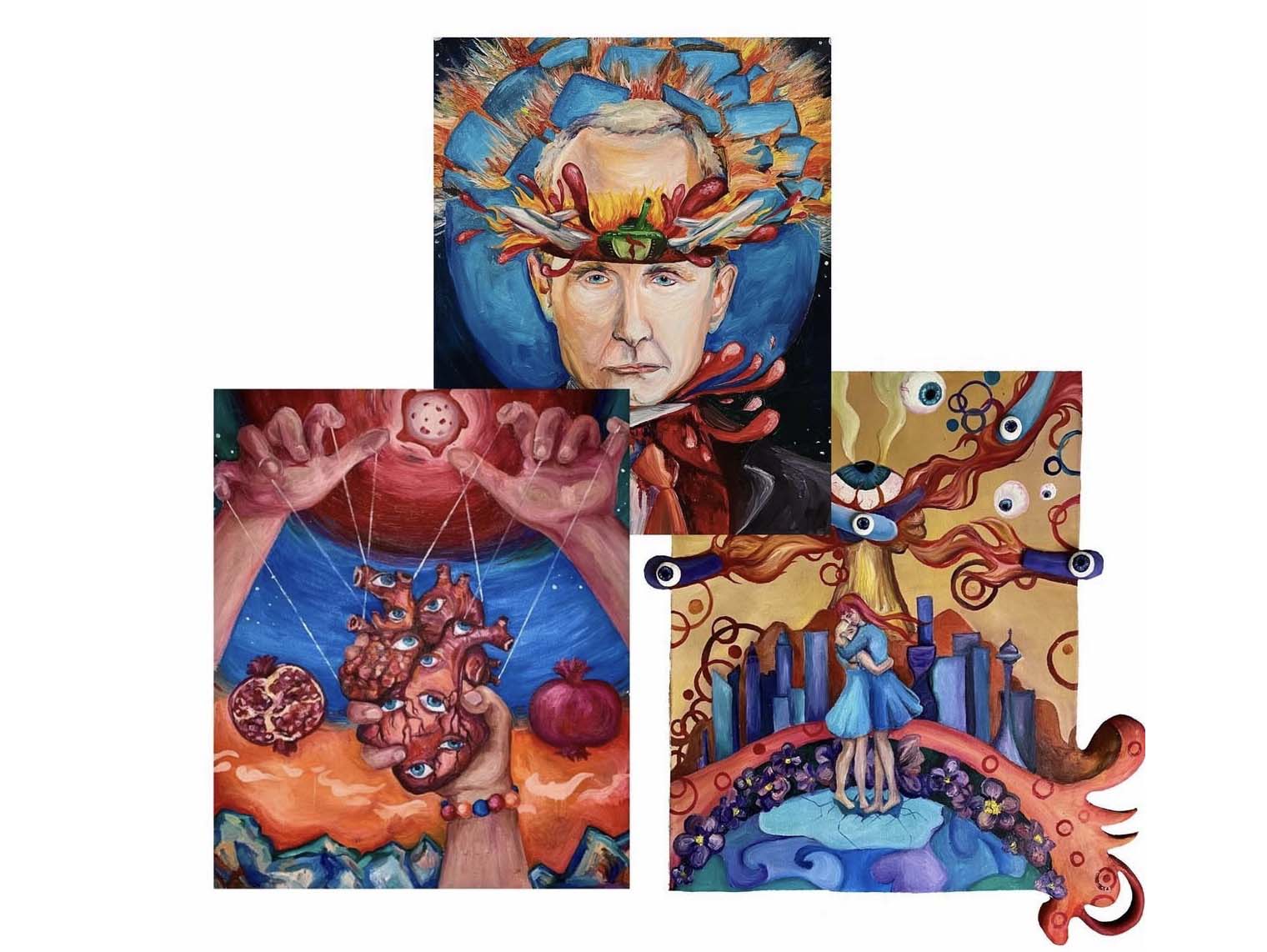
Marianna said she will be participating in a performance with Pussy Riot at the MOCA titled “Police State,” where Tolokonnikova will replicate being imprisoned in a cell. However, the performance was postponed because of the museum’s proximity to “ongoing demonstrations and military activity near the Los Angeles Federal Detention Facility,” according to the MOCA website.
Marianna said she will continue to make art centered on uplifting the immigrant community. She added that she is creating an app to streamline legal filing for immigration processes, as well as a web design project on anti-facial recognition technology – which she said is often used in Russia to imprison civilians for participating in unsanctioned protests.
Marianna said people should not take the ability to make political art in the U.S. for granted, as she believes the freedom to do so could be easily revoked.
She added that there may be reasons to be scared as an activist, but people should continue to fight for their right to expression.
“When you are doing the political art, part of it – and it’s a selfish part of it – is being recognized by the law authorities as a threat,” Marianna said. “So whatever it is, it means that we are doing something right … if they are doing all of those things to try to stop us, that means they are scared of us.”
Contributing reports by Natalia Mochernak, Campus politics editor.
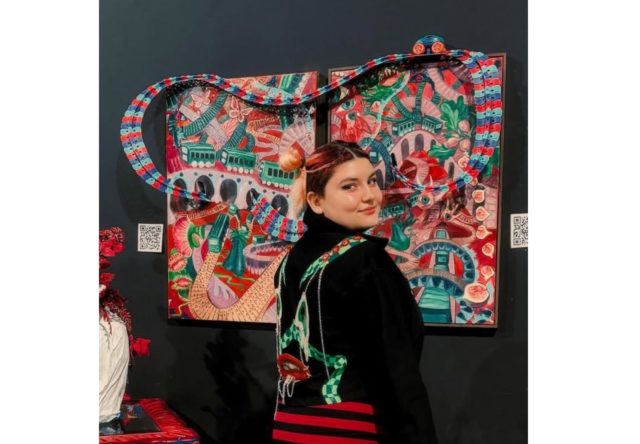


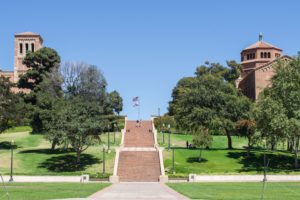
Comments are closed.